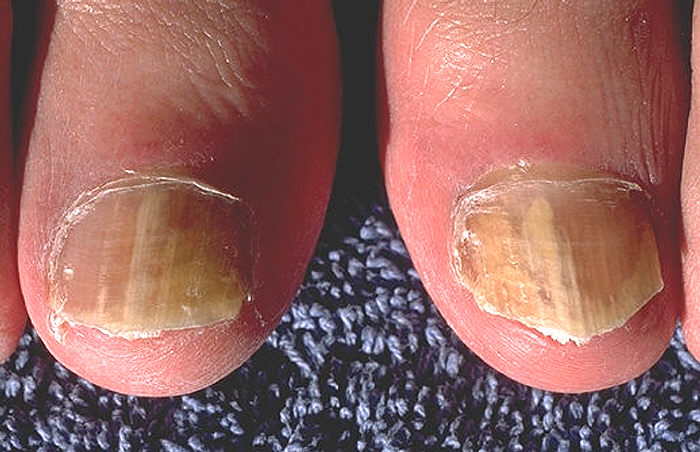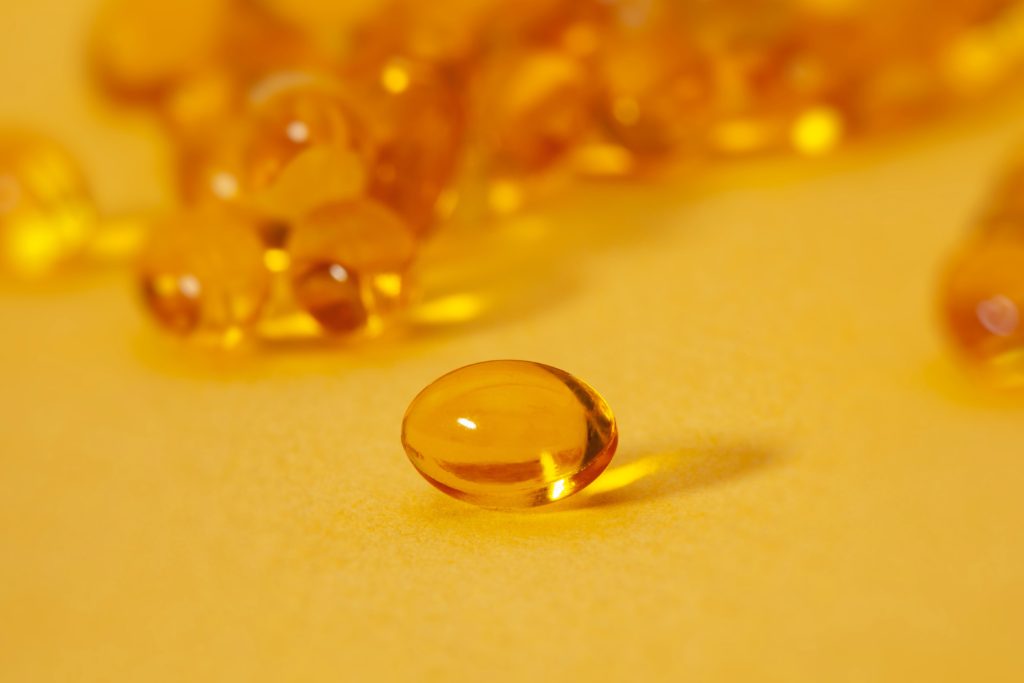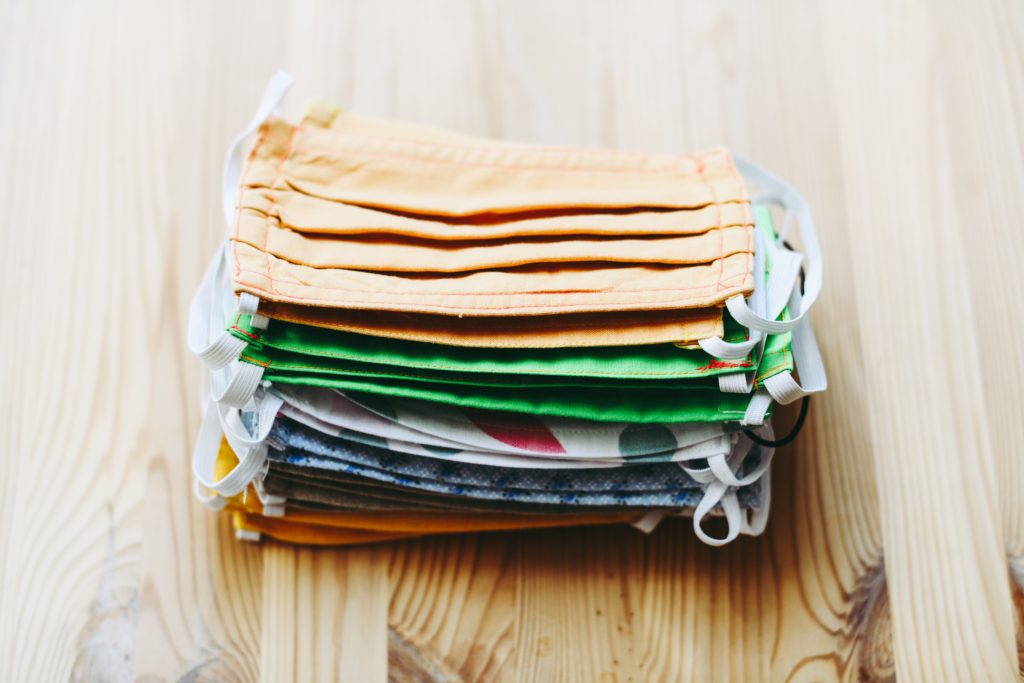It is almost the end of 2020, which has mostly been overshadowed by the COVID-19 pandemic, and the ideas about social distancing, wearing masks, and washing hands to slow the spread of the virus is old news. However, it is probably less well known that the first full week in December is National Handwashing Week, which this year is December 6-12. You might be wondering if it is really necessary to have an awareness week since we have been hearing all year about the importance of handwashing to prevent infection; however, it may come as a surprise that the idea of washing hands to prevent the spread of disease is a relatively new discovery, and the “Father of Hand Hygiene” Ignaz Semmelweis deserves to be remembered. In addition to this interesting origin story, awareness about handwashing is important because many people are unclear about proper technique or appropriate hand cleaning products, and increased handwashing can cause or worsen dermatitis is in people with or without a history of skin issues.
“Miasma” as the Cause of Disease
While handwashing has been an important practice in many religions for centuries, it was only in the 1800s that it began to be considered as a way to reduce the spread of disease. Ignac Semmelweis (1818-1865) was a Hungarian obstetrician who graduated from Vienna Medical School in 1844, and he was appointed as an assistant to Professor Johann Klein in the First Obstetrical Clinic at the Vienna General Hospital in 18461. At this time, disease was thought to be spread by bad air, also called “miasma”, or disease was seen as the Will of God. Childbed fever was a common cause of death for women at this time, and the main treatment was bloodletting. This was, after all, a time before the work of Louis Pasteur led to germ theory in the 1860s.
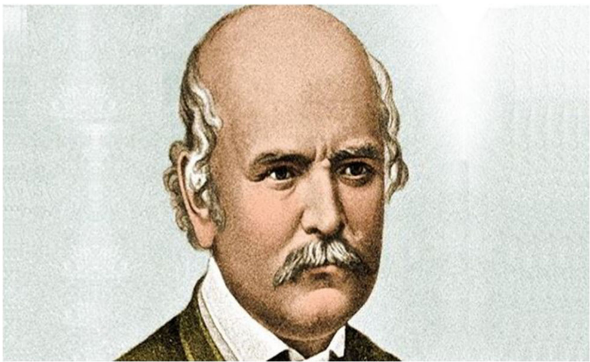
Semmelweis and a Tale of Two Clinics
There were two obstetric clinics at the hospital where Semmelweis worked, and both were teaching clinics. The First Clinic was a teaching clinic for medical students, where babies were delivered by the professors and students, and where autopsies were done on the women who did not survive. The Second Clinic was a training site for midwives, and no autopsies were done. What is interesting was that the mortality rate was significantly different between these clinics, with the First Clinic having a mortality rate of 10%, while the mortality rate at the Second Clinic was 4%. This spiked Semmelweis’ curiosity, and he began examining differences between the two clinics.
In 1847, a colleague and friend named Jakob Kolletschka was accidentally cut by a student’s scalpel during an autopsy, and this wound proved to be fatal. Semmelweis made the connection that there might be something from the dead bodies that was contributing to the increased death rates at the First Clinic, since the professors and students would go straight from doing autopsies to delivering babies without washing their hands. Since no autopsies were done at the Second Clinic, this possible source of contamination was not a factor there.
Cadaverous Particles Cause Childbed Fever
Semmelweis instituted a policy that students and physicians who had been performing autopsies had to thoroughly wash their hands with chlorinated lime water, which removed the “cadaverous” smell from their hands, before attending to the women. This caused the death rate from childbed fever to fall from 18% in April 1947 to under 3% within several months. There was one week during which infections and deaths were on the rise again, but after investigation, Semmelweis noted that one of the women in the ward had a foul-smelling discharge, and Semmelweis proposed that infection could be spread from live people as well as cadavers, and therefore, physicians and students should wash their hands before every examination2.
It may seem surprising, but despite the significant drop in death, Semmelweis’ handwashing policy was not well received by his colleagues. They thought it was ludicrous and offensive, and ultimately Semmelweis left Vienna in 1851 for a small hospital in Pest, Hungary, where he once again almost eliminated the occurrence of death from childbed fever with only 8 women dying out of 933 births between the years of 1851-18551.
Semmelweis demonstrated multiple times that handwashing could prevent infection and save lives; however, his ideas were not respected or accepted during his lifetime. He began to suffer from depression and other nervous complaints, and he died in a mental institution in 1865. Years later, Semmelweis’ ideas were given recognition, and he came to be known as the “Father of infection control”, the “Father of hand hygiene”, and the “Savior of mothers”3.
Handwashing Now Widely Accepted for Disease Prevention
These days it is hard to imagine that washing your hands would be considered controversial. Handwashing is recognized as one of the best prevention strategies because “proper hand hygiene has a 24% to 31% likelihood of decreasing the spread of transmissible disease.”4 So what exactly is proper hand hygiene?
CDC – Handwashing: Clean Hands Save Lives
The CDC recommends the following ways to wash or sanitize hands to reduce the spread of infection.
- Wash hands with soap and water for at least 15-20 seconds and pat hands dry.
- If hands are not visibly dirty, using an alcohol-based hand sanitizer (ABHS) that contains at least 60-70% alcohol is an effective way of killing the germs on our hands.
- It is not necessary to wash hands with soap and water and follow that with an ABHS. One or the other is sufficient.
Which Hand Sanitizing Products Are Best?
When washing your hands with soap and water, regular soap is all you need. For hand sanitizers, look for an alcohol content of at least 60%, and avoid added fragrances to minimize allergic-type reactions. Avoid herbal disinfectants that use vinegar instead of alcohol, since these are not backed by evidence5. Beware of ABHS that contain solvents like methanol, which can cause serious harm like blindness and death.
Is Repeated Handwashing Bad?
Although handwashing is one of the best ways to prevent spreading disease, washing your hands repeatedly can lead to skin irritation, allergic dermatitis, as well as flare eczema. Hand washing with soap can dry out hands because the soap washes away the protective lipid barrier that normally protects our skin. To minimize the drying effects of washing with soap, avoid using hot water, which strips the lipid layer even more. Pat the hands dry, instead of rubbing them with paper towels. And finally moisturize the skin4. Following handwashing with moisturizing helps to keep the skin intact. Two fingertip units of moisturizer per hand is recommended to maintain the protective lipid barrier of the skin.
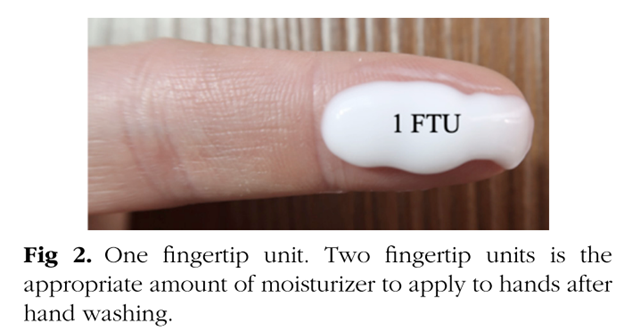
Unless your skin is visibly dirty, ABHS can effectively kill germs, and these sorts of sanitizers tend to strip and dry out the skin less than regular handwashing. Some ABHS include a moisturizing agent, but moisturizing after sanitizing the hands is considered good practice.
The best method for proper hand hygiene to protect yourself from illness and reduce the spread of infection is going to be the method that you actually use. Both handwashing with soap and water and using alcohol based hand sanitizers are effective if the entire hands are cleaned. With regular handwashing/sanitizing, it is important to take extra care of the skin with moisturizing so that the skin barrier, which is in itself a protection against infection, does not become compromised. And lastly, as you wash your hands, perhaps think a kind thought for Ignaz Semmelweis. Maybe he is somewhere smiling, content that the lifesaving measure that he used so successfully in his clinics is now recognized as a fundamental way to prevent the spread of illness.
REFERENCES:
1. Ataman AD, Vatanoǧlu-Lutz EE, Yildirim G. Medicine in stamps-Ignaz Semmelweis and puerperal fever. J Turkish Ger Gynecol Assoc. 2013;14(1):35-39. doi:10.5152/jtgga.2013.08
2. Jay V. Ignaz Semmelweis and the conquest of puerperal sepsis. Arch Pathol Lab Med. 1999;123(7):561-562. doi:10.1043/0003-9985(1999)123<0561:ISATCO>2.0.CO;2
3. Tyagi U, Barwal KC. Ignac Semmelweis — Father of Hand Hygiene. Indian J Surg. 2020. doi:10.1007/s12262-020-02386-6
4. Rundle MD CW, Presley BA BS CL, Militello MS M. Hand hygiene during COVID-19: Recommendations from the American Contact Dermatitis Society. J Am Acad Dermatol. 2020;83(6):1730-1737. http://www.akrabjuara.com/index.php/akrabjuara/article/view/919.
5. Dindarloo K, Aghamolaei T, Ghanbarnejad A, et al. Pattern of disinfectants use and their adverse effects on the consumers after COVID-19 outbreak. J Environ Heal Sci Eng. 2020. doi:10.1007/s40201-020-00548-y
Another way to prevent getting sick is to get enough sleep. Read more about the importance of sleep for proper immune function.
